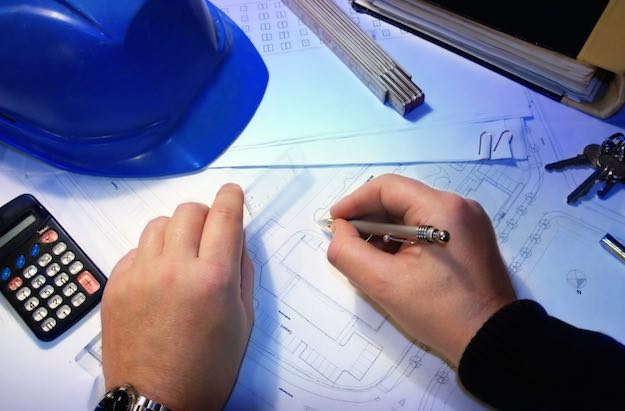3 Ways to Better Plan Enclosure Cooling

Although designers are well aware of the need to consider electrical enclosure cooling, precedence is given to ensuring the electrical enclosure complies with the technical specifications. In many cases, it’s only once this has been completed that enclosure cooling requirements are considered.
This does not necessarily result in the most economical long-term solution. A careful assessment of enclosure cooling requirements at the preliminary design stage could reduce initial costs and will certainly reduce enclosure cooling costs. Here are three ways that enclosure cooling planning improves when it’s incorporated during the initial design stage.
1. Design Internal Layout to Aid Cooling
Because effective cooling of an electrical enclosure depends on the free flow of cool air from the cooler and the ability to remove hot air from the top of the enclosure, it’s a good idea to allow for this by providing natural channels where the air can flow through the enclosure and return to the cooler.
Equipment that generates a lot of heat, or that has poor high temperature characteristics, should be placed as close to the cooling air entry as possible. Be careful to observe minimum clearances between such units, and avoid stacking drives and other heat generating equipment one above the other as air flowing over higher units will already be hot. Note that many types of electrical equipment are fitted with internal fans, so use these fans to improve the enclosure’s air circulation. Always allow space in the layout for the installation of an enclosure air conditioner on the enclosure sides or doors.
Make sure that cables, document holders, and bulky equipment doesn’t impede air flow and that the cool air outlet is in front of the equipment backing plate.
2. Equipment Selection
When specifying the electrical equipment for the enclosure, always check the equipment’s maximum operating temperature. Many manufacturers now routinely supply equipment that’s designed to operate at temperatures that are as high as 140 °F. The selection of such equipment provides a greater safety factor and could also allow the use of more economical methods of enclosure cooling, such as air to air heat exchangers or smaller air conditioners. Nevertheless, don’t assume that high enclosure operating temperatures are wise; it’s always sensible to be conservative and design the enclosure to run at a lower temperature. An enclosure air temperature of 95 °F is generally recognized as a good compromise.
Also consider the efficiency of the equipment. The heat generated by variable frequency drives depends on the drive efficiency, which can vary from as low as 85 percent for servo drives up to 98 percent for high quality VFDs. To illustrate this, a 10 hp drive with an efficiency of 90 percent generates 750 watts of heat while one with an efficiency of 98 percent only generates 150 watts. Although a high efficiency drive is more expensive, its lower losses reduce the heat load, allowing the use of a smaller cooler and reduced running costs.
3. Environmental Considerations
Carefully consider the location for the electrical enclosure, because the environment where it’s situated has a significant effect on the cooling solution adopted. Dirt, dust, and outdoor locations require the use of sealed and appropriately rated NEMA enclosures, and this usually entails more expensive closed loop cooling solutions. Conversely, an electrical enclosure installed in a clean, cool location may only require filtered fans or a smaller cooling unit.
Although plant requirements may dictate the location of the electrical enclosure, if it’s economically possible, the most benign location should always be chosen.
Plan Ahead for Enclosure Cooling
Actively planning for enclosure cooling during the initial design and specification of an electrical enclosure helps ensure the most cost effective solution. It often permits the use of a smaller, cheaper enclosure cooler and reduces installation and running costs. For help on how to integrate your enclosure cooling planning during the preliminary design stage, speak to our technical support staff.


